Travel means different things to different people. While most would rather scuba dive in the Maldives or pose with the Eiffel Tower in Paris, Ganesh Prasannah aka GP, our very own Lead Frontend Architect, dusted his DSLR and wandered off to witness the grand Wildebeest migration far into the wilds of Kenya.
You do have Kenya somewhere on your bucket list right, if not at the top? Listen to GP explain his wild Kenyan odyssey inside out. P.S: He has enough insider knowledge up his sleeve to help you plan a series of vacations to Kenya! Here’s what GP has to say about his wild holiday (which, since he would never finish, we had to stop with this ‘brief overview’!!)
Why Kenya?
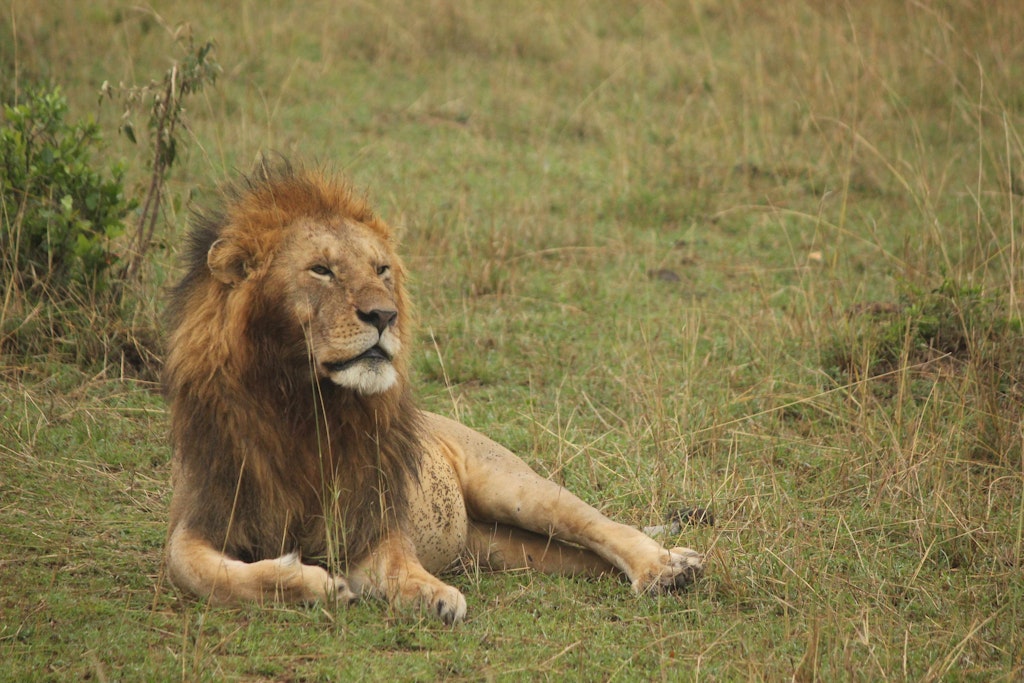
I’ve always loved animals. I grew up around them—we have had cats, dogs, hens, roosters, fish and even a rescued squirrel for a while. The only fistfight I ever won was when I fought with a bunch of older boys to save a puppy they were torturing – she then went on to live happily with us for a good many years. I grew up watching National Geographic and read a lot of Wilbur Smith novels, so I’d always been fascinated with all things Africa.
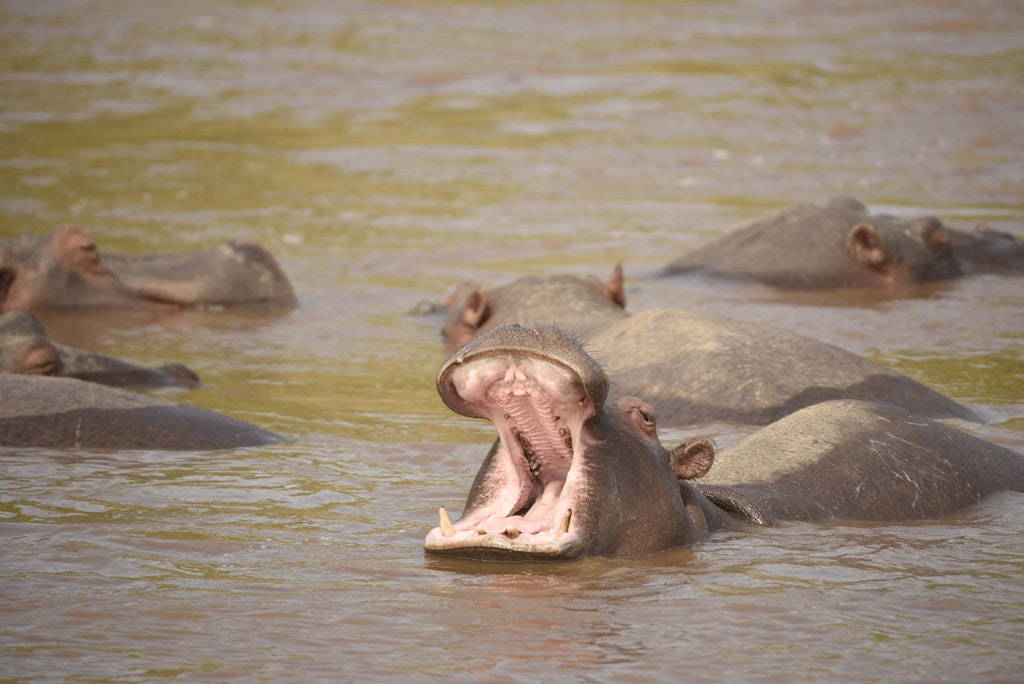
As fate would have it, a few of my photographer friends were putting together a trip to the Maasai Mara National Reserve to photograph the great annual “Great Migration”, the world’s largest wildlife migration. Every year, more than a million wildebeest, zebra and gazelle species make a 2000 kilometre round-trip from the Serengeti in Tanzania to the Maasai Mara in Kenya in search of food and water. As they make their way across the plains of East Africa, they face crocodile-infested waters (including the Mara river, where we planned to photoshoot) and predators like cheetah, leopards and lions. Being able to photograph these high-drama encounters is an incredibly rewarding opportunity and an amazing lesson in how nature works.
What did you do there?
We spent 6 days in September at the Maasai Mara as a ragtag group of experienced and newbie photographers. And our African adventure started right away!
Newbie photographers? We respectfully disagree. I mean, look at the pictures!
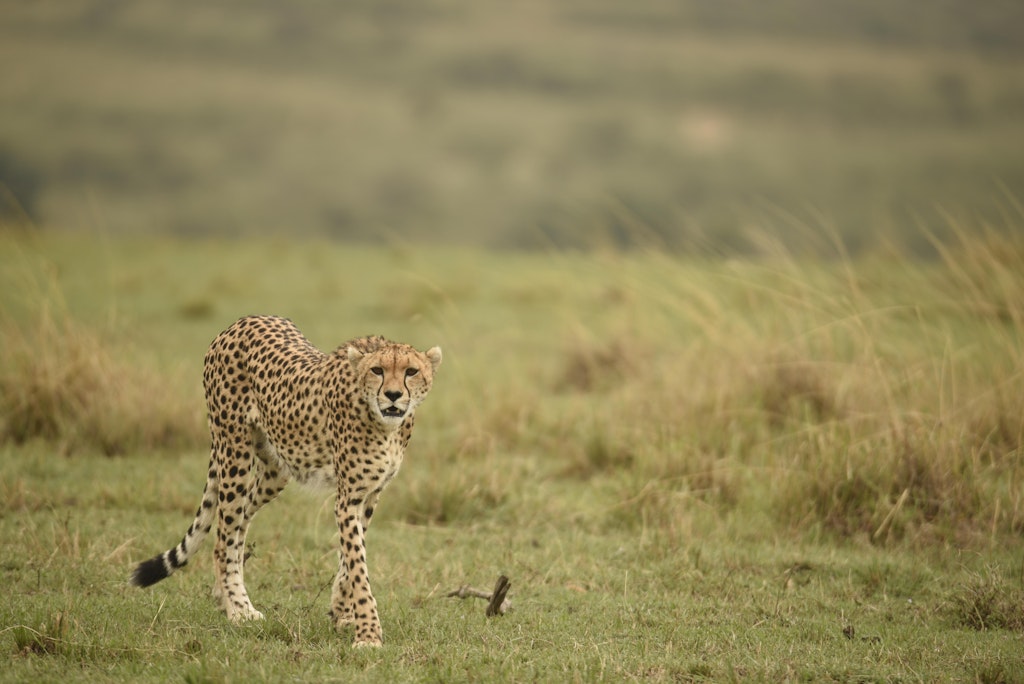
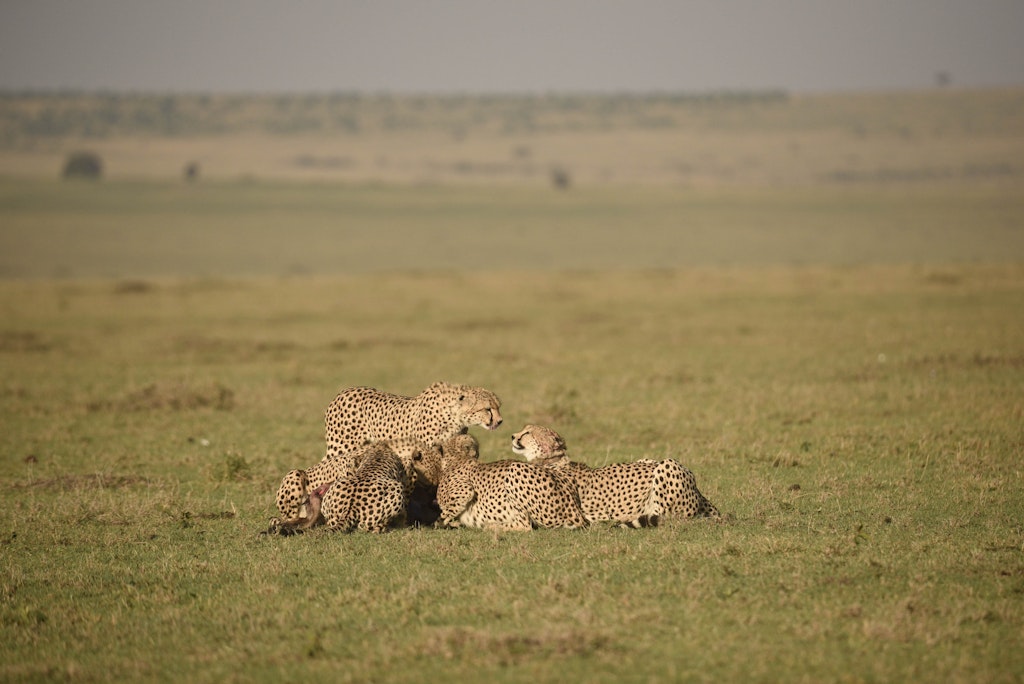
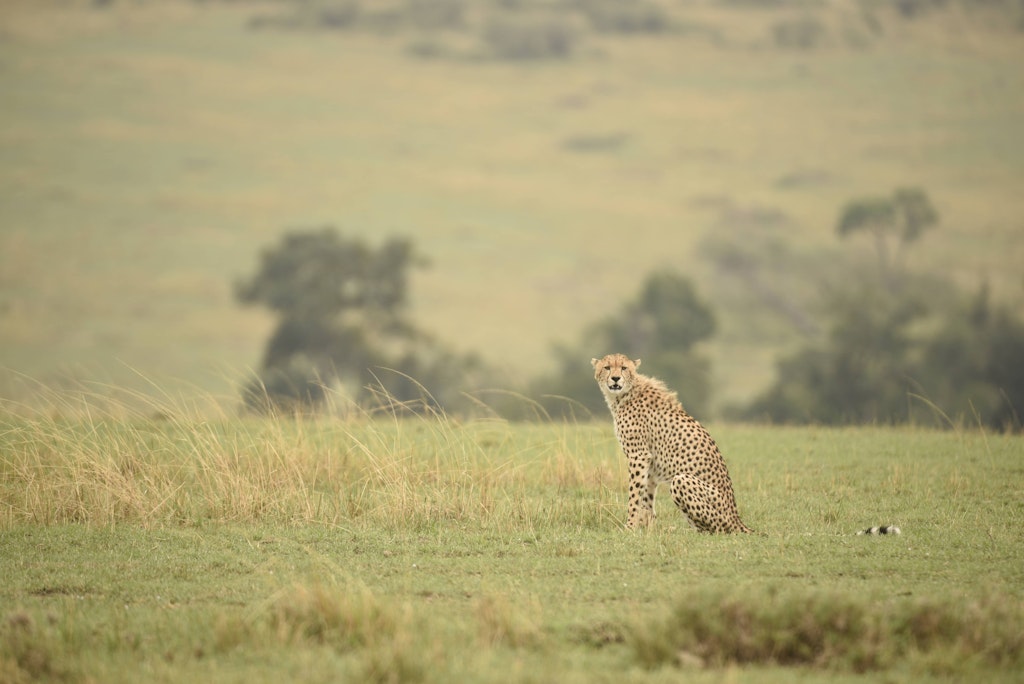
And he continues.
We reached Nairobi in the evening, and the Maasai Mara national park was around 6 hours away by van. While the original plan was to spend the night in Nairobi, some were very eager to get to our camp so we decided to make the journey through the night. After around 5 hours, when we’d made it inside the park but still an hour away from our camp, our van got stuck in a tiny river. It was around midnight and we couldn’t get down due to fear of predators, we couldn’t call for help because there was no network and there were no lights because, well, it’s a protected national park. But magically, an hour later, a few Maasai people emerged out of nowhere and managed to pull the van out and we were on our way. This was our first encounter with Maasai tribesmen and it showed us how well these men knew their land.
Once we reached our camp, families and couples got their own tents while I was put in one with 2 other guys, both far more experienced photographers than I was. Our tents were right next to a small river than had hippos chilling in them, and we’d hear hyenas laughing at night.
What should or shouldn’t I do while camping in Africa?
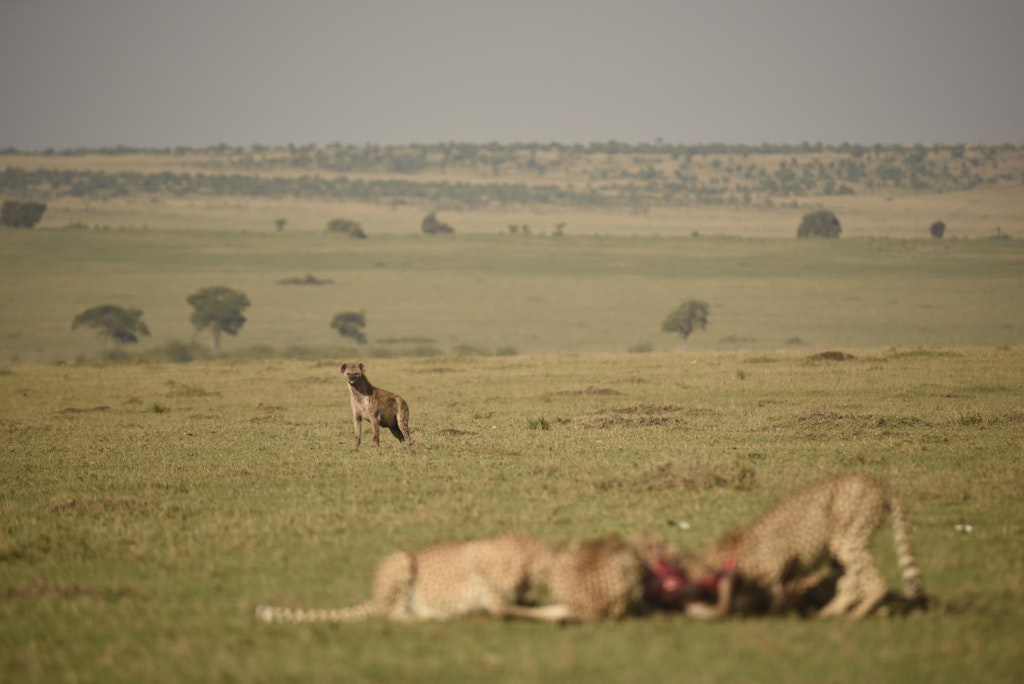
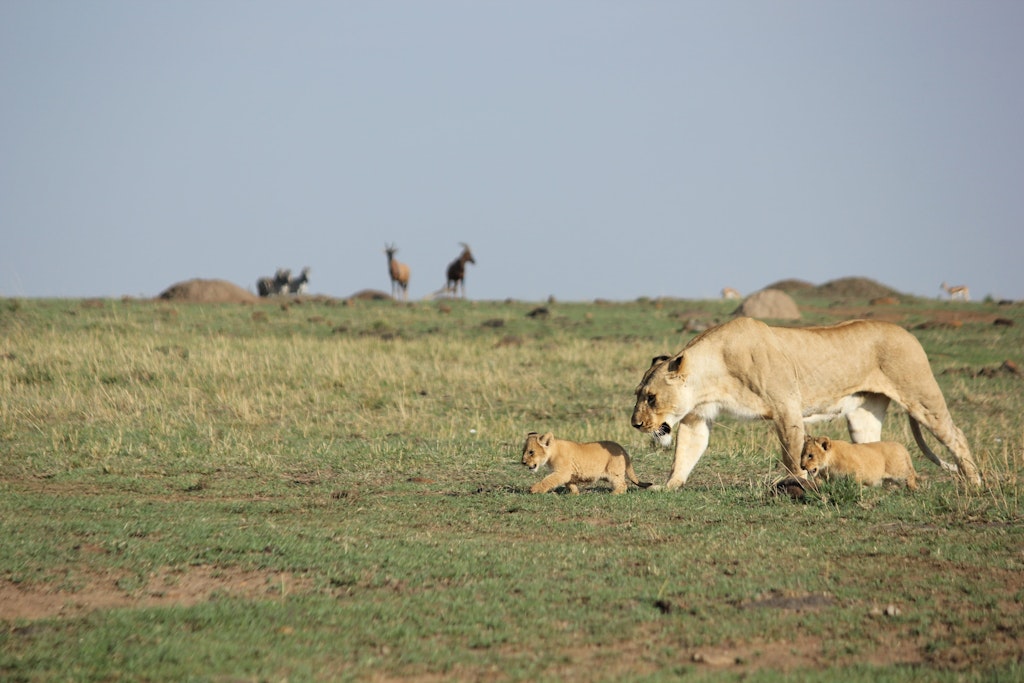
Make sure you follow these few simple rules during the trip —
- Never wander out at night.
- Never wear perfume (Perfumes tend to confuse the senses and instincts of wild animals).
- Never get out of the vehicle.
- Never be loud.
- Never ever throw waste in the park.
- Always listen to your Maasai guide.
What is the one ultimate experience you’d suggest for people travelling to Kenya?
Moving along with the locals and photography, he says.
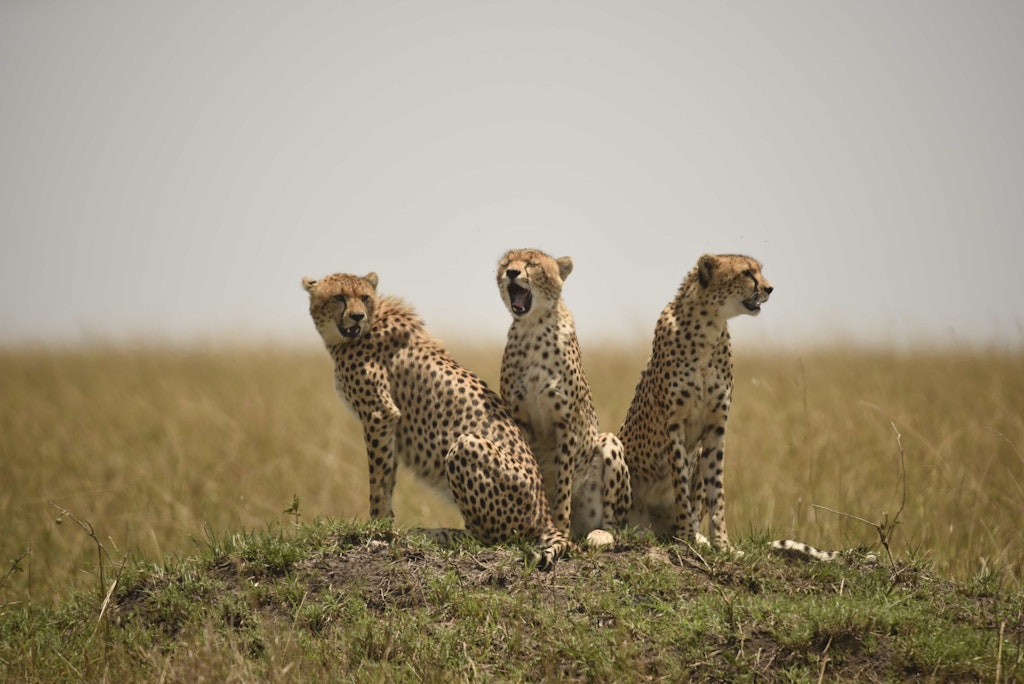
I’m glad to have gotten a rather close encounter with the Masaai crew as they were the ones who drove us around and guided us. Most safaris employ Maasai tribesmen as drivers as they know the plains very well and can communicate quickly with one other to let them know of animal movement. Because our specific group was all photographers, the drivers also wanted to know what kind of shots we wanted (a lot of us had VERY specific shots in mind – one wanted a Topi as a silhouette against the early morning sun and another wanted a big cat shaking water off its body in slow motion) so they can plan their route.
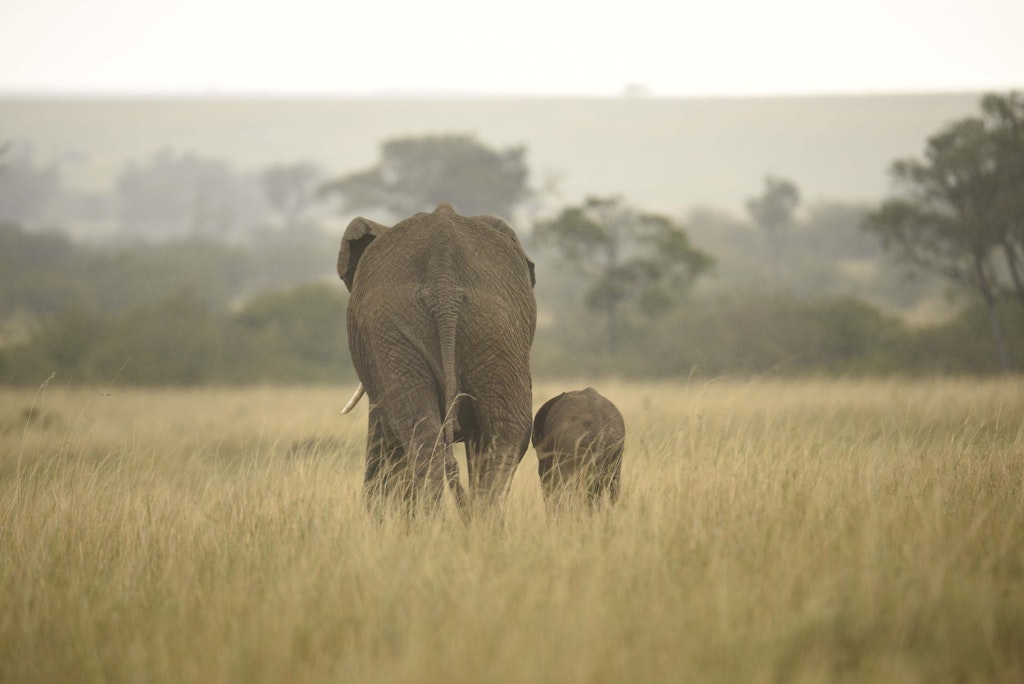
Because they’d been taking around photographers for quite some time now, they knew how to plan great shots; they’d frequently drive back far away from approaching animals and put us in places where we could take the time to compose shots, switch positions (we were 4 in a Toyota Landcruiser) and snap multiple pictures.
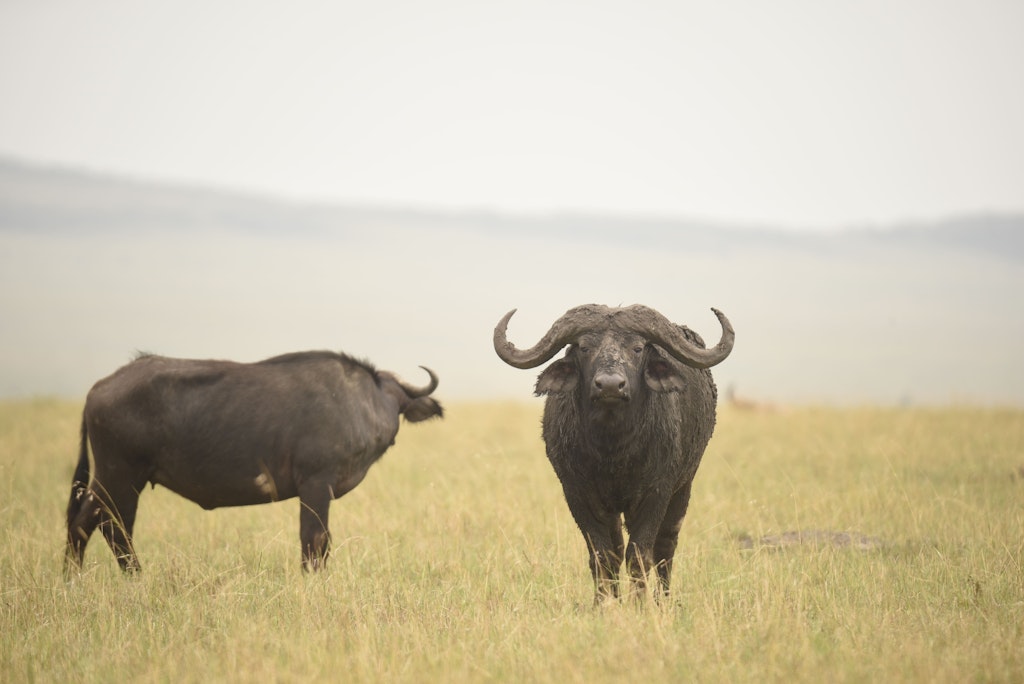
We’d leave at around 4 every morning to get to the plains for our morning silhouette shots, then proceed to track the “Big five” — African elephant, leopard, lion, rhinoceros and the Cape buffalo. These were considered the most dangerous to hunt on foot by early big-game hunters. We also spent a lot of time chasing and photographing the “Fast Five” — an unlikely coalition of 5 male cheetahs that were hunting together to increase their success rate.
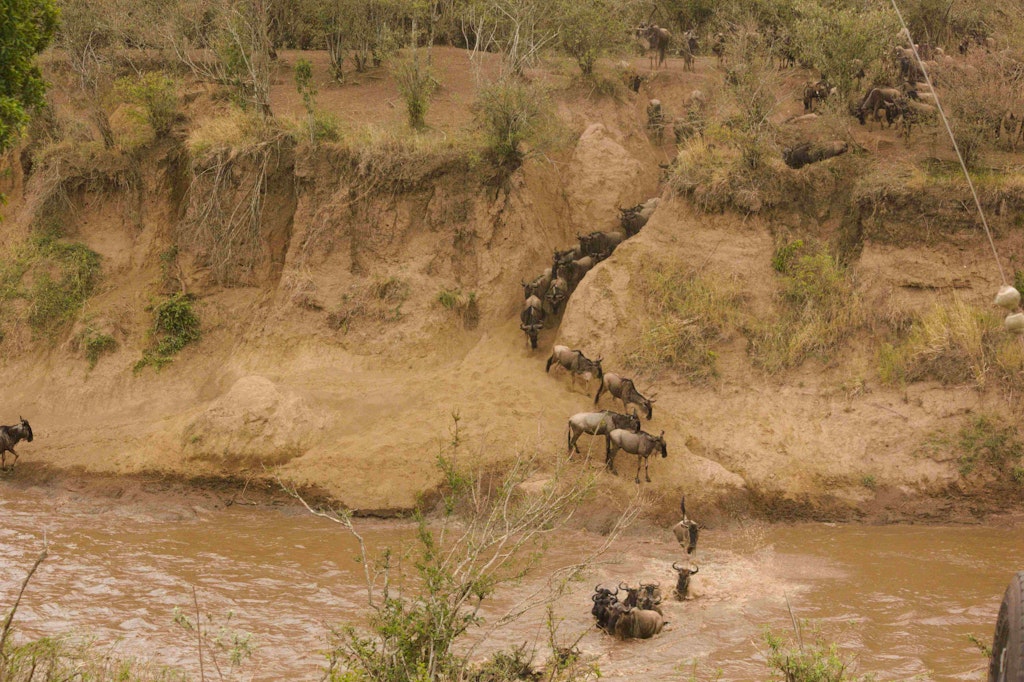
During our trip, we also happened to photograph hippos (you’d be surprised to learn that they’re considered the most dangerous terrestrial animal in the plains, as they’re incredibly territorial and can reach speeds of up to 30 kmph), hyenas, giraffes, zebras, wildebeest and a variety of bird life.
Can you share a few standout moments of your whole trip?
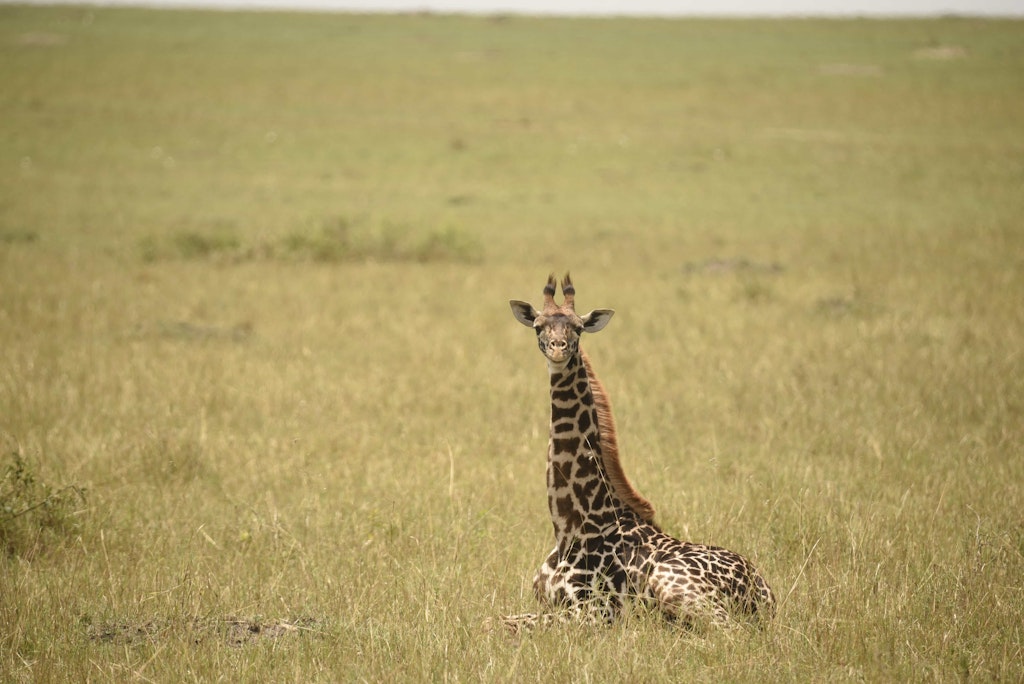
Some of my memorable moments during the trip include—
- That time when one of the Fast Five got on top of a tree. Cheetahs generally don’t climb on trees (leopards are the only big cats that usually do), and it would’ve been an incredible shot. I was the only one in my car that didn’t capture it, because I had just started using a friend’s camera and I was still learning the settings and I missed it.
- Eating lunch by a riverside and taking pictures of GBEs (green bee-eaters, a tiny bird with very attractive green plumage) on one side of the bank and hippos bathing in the middle of the river.
- Finally tracking down Bahati (meaning “lucky”, a very famous leopard that lives around the Talek river that was known for having successfully raised many cubs) and seeing her newborn cubs on our 4th day. It was early morning and what we call “golden light” — the perfect lighting conditions).
- Winding down at night around a fire with Kenyan rum and friendly company, as temperatures would drop down to 5° C. We learnt a lot about Kenya, the people and their rich history.
- Sneaking into Tanzanian territory to track down a black rhino so we could finally check all five off of the “Big 5” list.
- Breaking the showerhead and flooding our tent during a shower, and then asking the help at the camp to help while I was naked and trying to plug the leak!
One of my most cherished quotes is something Mark Twain wrote — “Travel is fatal to prejudice, bigotry, and narrow-mindedness”. And it is an incredibly humbling and amazing experience to go see the sprawling Maasai plains, realizing how small we are in this vast and beautiful world. I got to see up-close so many of the animals I’d grown up watching on TV, in all their natural and primal glory.
As global warming and other such man-made natural disasters make the planet more and more inhospitable, the animals and our natural ecosystems also suffer greatly because of it; we saw it first hand in Maasai Mara as the Great Migration cycles were out of sync and it rained when it shouldn’t. As humankind is struggling to come up with quick and sustainable solutions to these problems we created in the first place, it is also important we travel to places like these so we can educate ourselves and see their effects first-hand so it creates a sense of urgency in every one of us to conserve and protect nature.
Fancy a wild adventure like GP? Bring it on, Pickyourtrail is here to take you through the entire planning process!
Related Itineraries
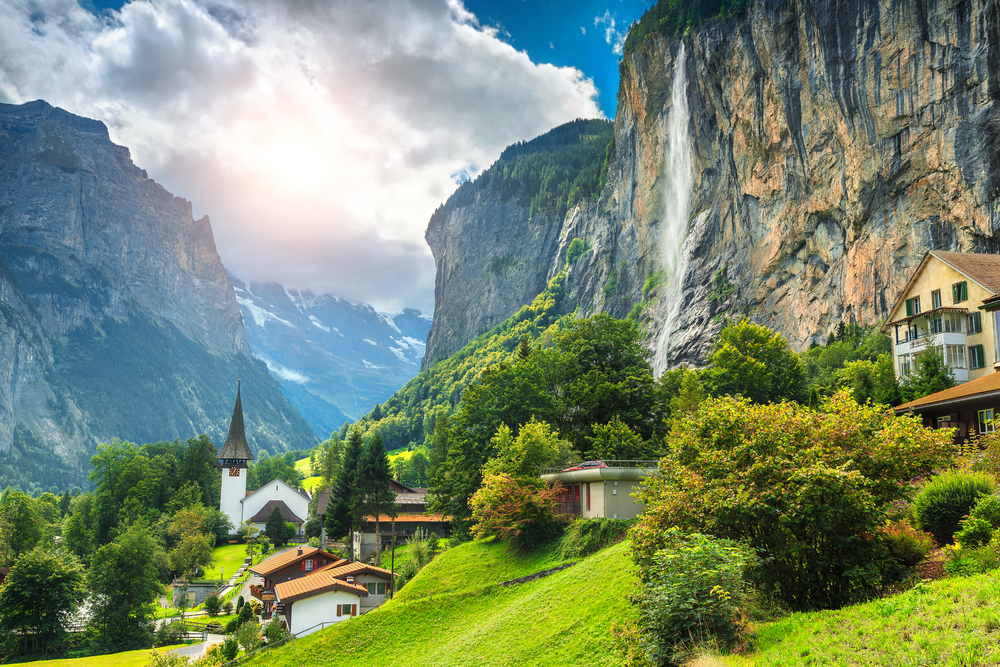
Relaxing 7 day Switzerland itinerary for the Honeymoon travellers
- Flights excluded
- 4 star accommodations
- 6 activities
- Private transfer
₹ 2,20,885
Starting price/person
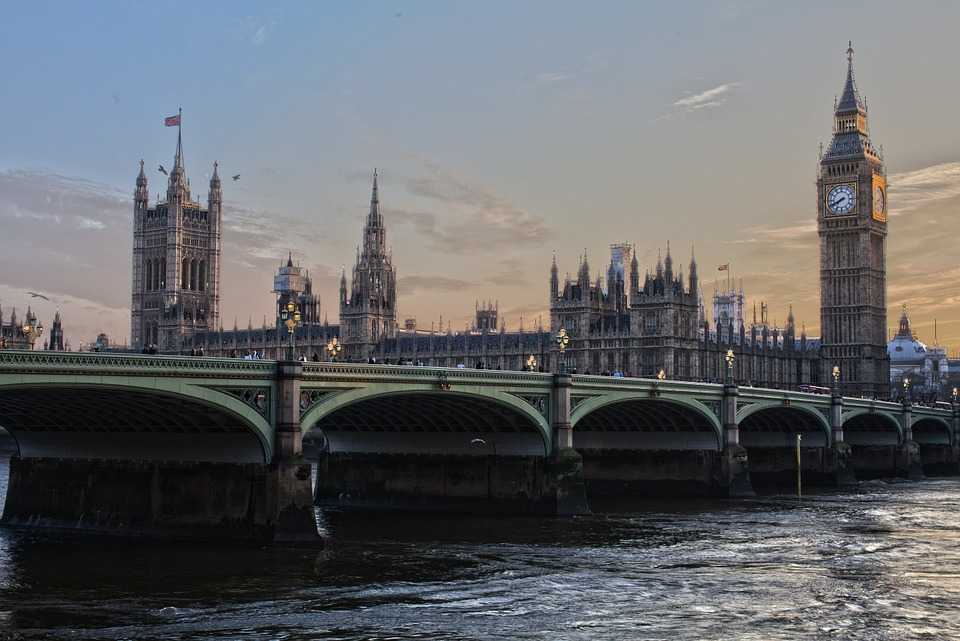
London Dreams: Stay in London and wander around for 6 night stay
- Flights excluded
- 3 star accommodations
- 7 activities
- Shared transfer
₹ 1,07,442
Starting price/person
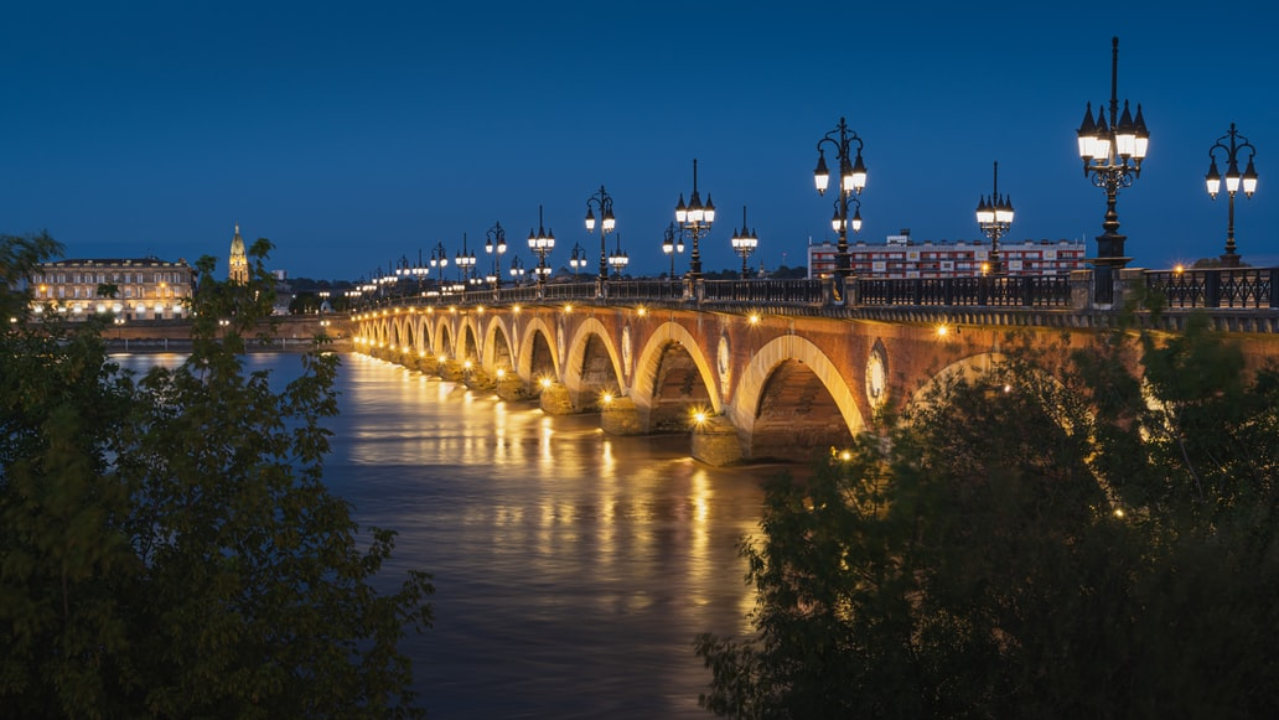
Beautiful 9 Nights France Tour Packages
- Flights excluded
- 3 star accommodations
- 6 activities
- Shared transfer
₹ 52,649
Starting price/person
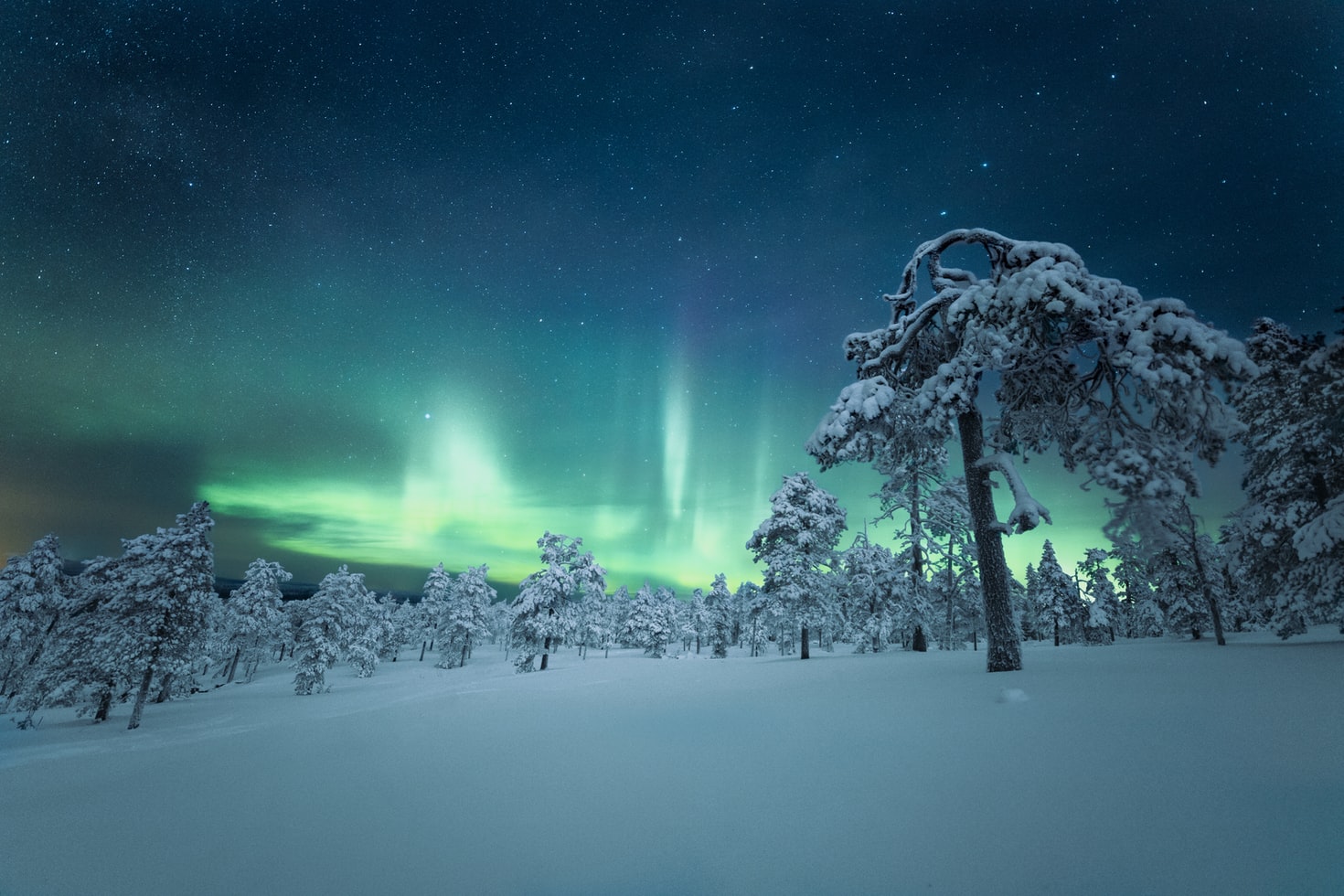
Stunning 6 Nights Northern Lights Packages
- Flights excluded
- 2.5 star accommodations
- 3 activities
- Transfers excluded
₹ 64,954
Starting price/person
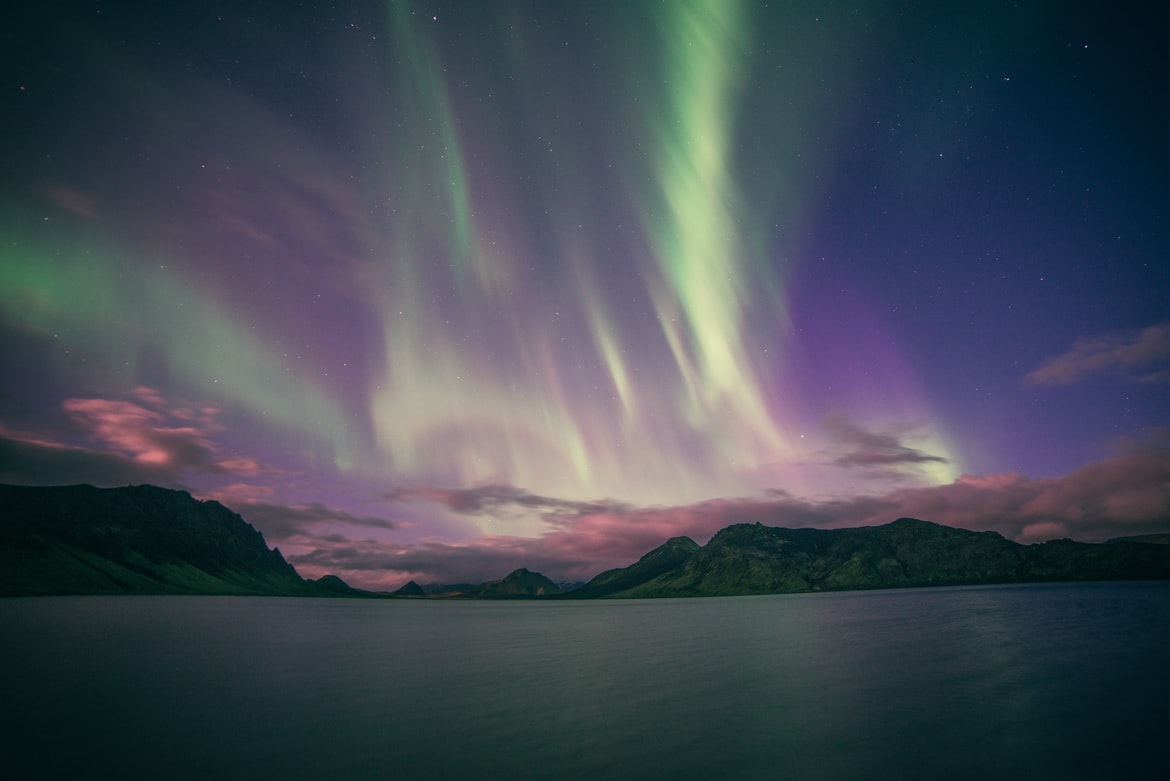
Fantastic 6 Nights Finland Northern Lights Tour Package
- Flights excluded
- 4 star accommodations
- 2 activities
- Shared transfer
₹ 69,369
Starting price/person
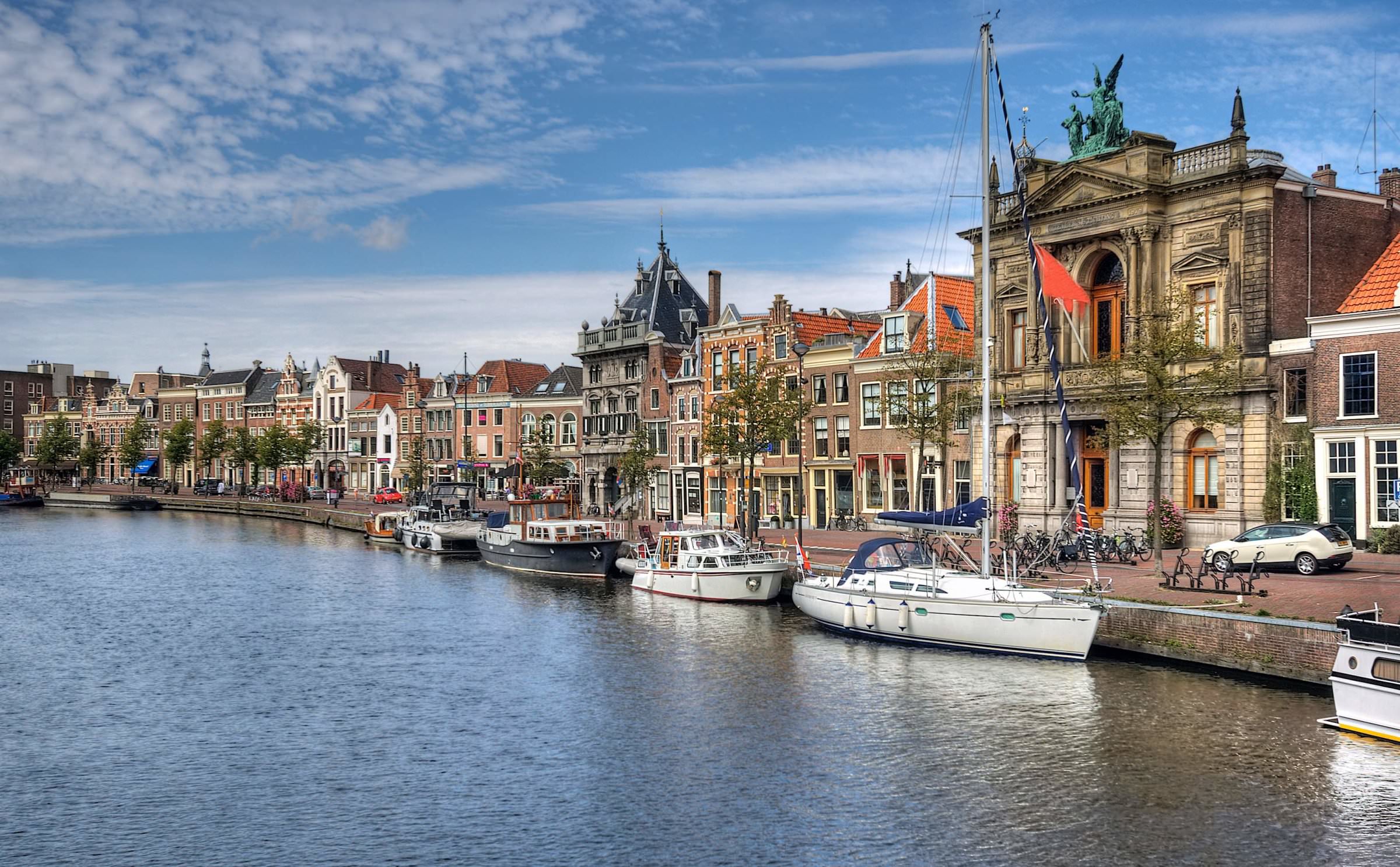
Amazing 10 Nights Netherlands Trip Package
- Flights excluded
- 2 star accommodations
- 9 activities
- Private transfer
₹ 52,895
Starting price/person

Magical 10 Nights Spain Tour Package
- Flights excluded
- 4 star accommodations
- 9 activities
- Shared transfer
₹ 1,17,742
Starting price/person

Europe Tour Packages For 6 Nights
- Flights excluded
- 4 star accommodations
- 7 activities
- Shared transfer
₹ 52,876
Starting price/person

Europe Trip Packages For 10 Nights
- Flights excluded
- 4 star accommodations
- 9 activities
- Shared transfer
₹ 73,921
Starting price/person
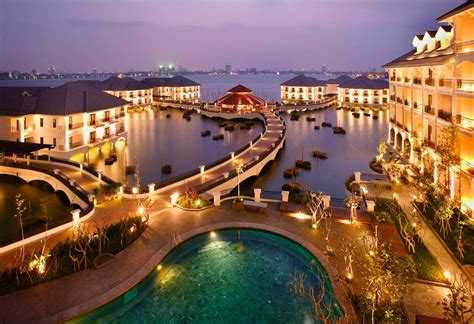
Romantic 8 Nights Bali and Vietnam Honeymoon Packages
- Flights included
- 4 star accommodations
- 6 activities
- Shared transfer
₹ 99,947
Starting price/person



